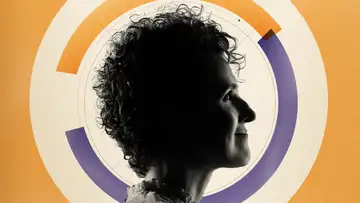Practice Crime SceneTop of Mind with Julie Rose • Season 1, Episode 549, Segment 6
May 9, 2017 • 17m
Guest: Amie Houghton, Assistant Professor of Forensic Science, Utah Valley University
Crime scene investigation has become a staple of TV drama. Viewers love those moments when the brilliant detective stoops under the yellow police tape, scans the scene crawling with technicians in lab coats cataloguing evidence and then picks up on a subtle clue that makes the whole mystery fall into place. But that’s TV.
Students at Utah Valley University are about to get some hands-on training in what CSI is really like. The university’s forensic science program there has acquired a home that can be made to resemble any crime scene Hollywood could conjure, so students can practice processing the evidence.